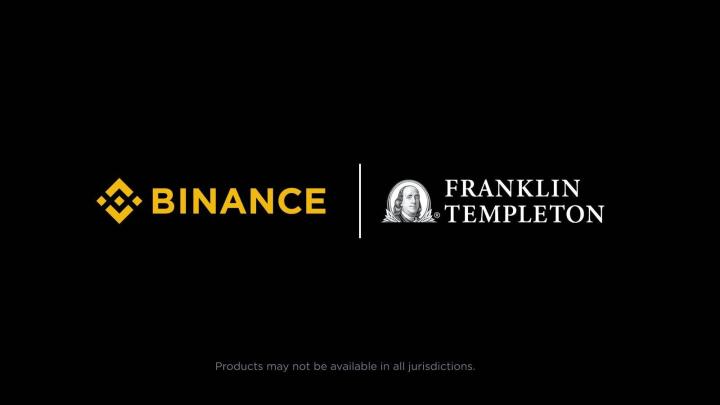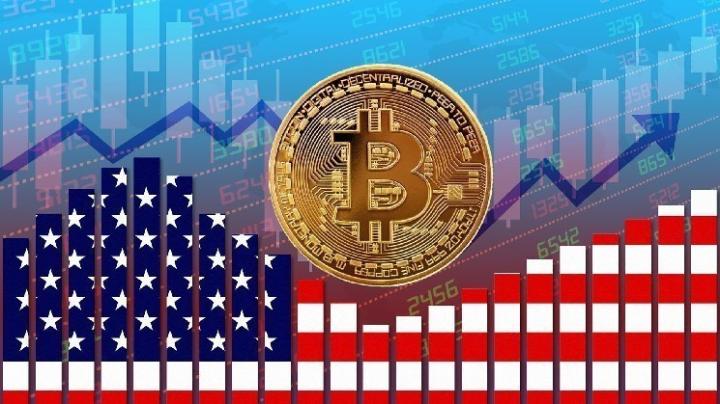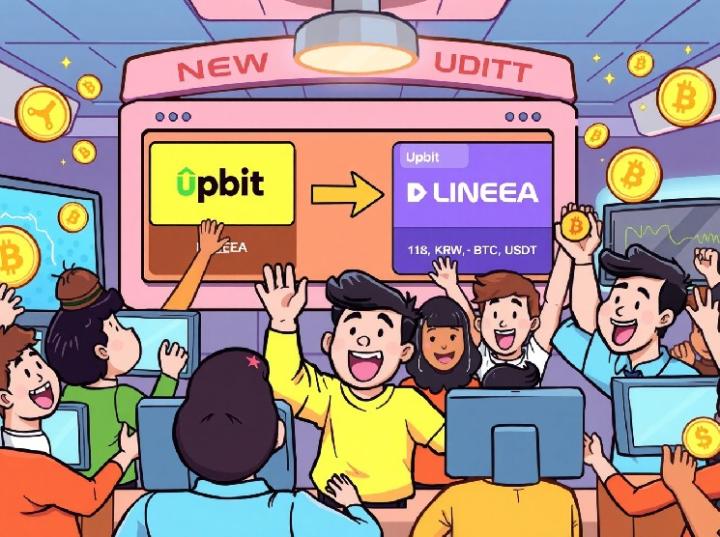2 023 began with some of the most pessimistic sentiment our industry has ever seen, and ended with one of the most optimistic patterns we have seen to date.
As we enter the 2024 bull market with renewed energy, it's time to focus on some of the key investment themes that will shape the new year. Stay ahead of the curve by learning about these six narrative metathemes that will dominate the coming months!
Re-staking and Liquidity Re-staking Tokens (LRT)
The topic of remortgaging is already gaining momentum, and EigenLayer hasn’t even officially launched yet. With over $1 billion deposited in EigenLayer contracts today, the competition to become a significant player in the EigenLayer ecosystem is fierce.
Therefore, the Liquidity Collateral Token (LST) war is about to restart again, but this time, it will be the LRT war. Liquid re-staking tokens will have all the benefits of native ETH staking plus additional benefits generated through the new re-staking network. Why would people settle for a 5% LST yield when they can earn much more through LRT yields?
What is LRT you ask? They are just like LSTs, but their returns include the returns from EigenLayer. EigenLayer supports AVS (Active Verification Service, EigenLayer Network), which will generate some income or fees for those who re-stake ETH. Those who re-stake may re-stake to multiple AVS to maximize the productivity of their staked ETH and increase their returns.
That said, for less technical users like me who know that others can do it better, it would be valuable to develop a service that does this safely and efficiently. This is where LRT comes into play. LRT aggregates user deposits, re-mortgages them through the EigenLayer network, captures all earnings, and passes them on to savers.
This is great, however, aside from the basic utility here, one of the reasons I think the LRT boom will begin in 2024 is because the latest wave of airdrop metathemes has kicked off. Amid this huge torrent of interest and activity, the LRT project became a “double-whammy”, two-for-one airdrop hunting opportunity. For example, Swell is currently offering their "Pearls", which I believe are placeholder points for the final Swell token, sitting on top of the EigenLayer points, which I believe are also placeholders.

Frankly, I think EigenLayer is shaping up to be one of the biggest airdrops ever, and the competition to become the dominant LRT token in Ethereum will be just as fierce as the competition to become the dominant LST token.
Admittedly, I am not familiar with all LRT strategies of all current LRT teams. Here I'll leave it to you to do your own due diligence. However, there are two projects that I'm keeping an eye on because I'm close to the teams that have invested either as angel investors or through Bankless Ventures, and those are the aforementioned Puffer and Swell.
Notably, Puffer has the unique advantage of having additional slash protection in its partnership with SGX, which serves as an additional layer of defense against capital loss. This mechanism, along with Puffer's work with Justin Drake on smoothing commitments and Flashbots' Andrew Miller on remote authentication, allows the project to unlock efficiencies and opportunities that other LRTs may have to catch up to.
As for Swell, it was an LST project and when they saw the writing on the wall, they turned to Liquidity Restake. When EigenLayer opened its doors to deposits, Swell was already ahead of the competition. Currently, Swell ranks first in LRT projects deposited by EigenLayer and second in LST deposits, second only to Lido.
However, there are currently some projects worthy of attention in this scenario, including Rio Network, EtherFi, Renzo Protocol, and Kelp DAO.
Solana
Is the current meta-theme “Bitcoin, Ethereum… and Solana”?
Solana is having a lot of hype right now. This is what happens when a coin rises 900% in one year. It attracted renewed capital and attention from venture capitalists and emboldened the community that had previously believed in it.
To be sure, the launch of Jito just sparked a version of Ethereum’s 2020 DeFi Summer on Solana, and it’s now clear that the network’s application layer has risen from the ashes of the 2022-2023 bear market.
With Solana’s SOL just breaking into the top 5 crypto assets, all eyes are on whether Solana can achieve what all of its biggest backers think it can: become the most likely host to a breakthrough consumer crypto in the coming bull run Application place.
Assume Solana will fulfill its potential here. In this case, it will need to attract more novel founders who build more novel applications, not just flashier versions of the same thing that Ethereum already has. Solana will need to develop new types of applications never seen before in cryptocurrencies, applications uniquely enabled by the properties provided by the network.
DePIN appears to be the standout contender here early on. However, I think the jury is still out as to whether there is any substance here. As we'll see, though, either way, the industry is worth tracking closely in the meantime.
At the same time, the large number of tokenless Solana protocols still have to airdrop tokens in 2024, which means that the hype and attention for Solana will continue at least until they do so. It remains to be seen whether Solana’s version of DeFi Summer can continue to retain people’s attention after it ends.
Internally, Solana's attention has turned to its economics. With some of Solana's toughest problems behind it, it's time to turn to the next most achievable goals in the project, which is its local fee market and overall economic structure. Can Solana solve its economic problems? Only time will tell, but its community likes its chances more than ever.
game
Gaming seems to be the most reliable category for breakthrough crypto apps in the near future. Mainly because we know a lot of highly anticipated games are currently in development, with some of them set to arrive in 2024.
If the game is fun, players will play it. If game developers knew what they were doing, they would introduce cryptographic elements subtly as needed rather than making them an overwhelming element of the game. Game content itself is a huge industry, and the distribution that cryptocurrencies can gain through the gaming space is also huge.
The best thing about the contemporary crypto gaming industry is that it is moving away from an explicit focus on crypto-native players. Many new games are being developed for those who are crypto-agnostic.
This shift puts our space far away from one of the most populous countries on the planet, as there are currently approximately 3.2 billion gamers worldwide. If we can build a game that appeals to crypto-agnostics, it will be the first breakout example of crypto, giving something to people who don't care about crypto.
In the meantime, look at gaming ecosystems like Immutable and its IMX token as examples of excitement. Immutable is developing a game-specific zkEVM chain based on Polygon, and its current valuation is higher than Arbitrum!

DA war
The data availability war has also begun, and the beginning of this war can be traced back to the TIA airdrop, starting with a valuation of $20 billion, and then the chart rose, with FDV climbing all the way to $14 billion.
So why is everyone obsessed with data availability these days?
That said, it’s fair to assume that DA is like Web3’s bandwidth layer, a cheap DA layer that will transform cryptocurrencies from slow and expensive to fast, cheap, and rich without sacrificing decentralization in the process . In fact, DA is the main bottleneck that prevents the chain from braking in terms of resource costs and throughput levels. Therefore, no matter which DA chain can meet these needs, we can see long-term sustainable value flow in the crypto economy.
What I am focusing on is the upcoming EigenDA, which is EigenLayer’s first online AVS. It will be the first source of additional income for the LRT tokens I mentioned before.
EigenDA is built differently than Celestia and has some unique networking properties. Since EigenDA is secured by staked ETH rather than alternative L1, this brings EigenDA's DA properties closer to those of Ethereum, reducing some of the security assumptions, and potentially making it a platform that still requires more DA than Ethereum's L1 can provide. Rollups are the easier option.
Celestia and EigenDA are the two main contenders at the moment, but others have also joined the DA wars. For example, NEAR has added DA functionality to its chain, which also has some unique properties due to the sharding research NEAR has done over the past few years. I'm sure there are many more that I haven't heard of yet, or are secret, that will be available in 2024 since the DA competition bounties are so large right now.
Parallel EVM
Solana created an urgency to build optimized virtual machines for Web3. I asked Solana founder Anatoly Yakovenko in a recent episode "What is the most critical component of Solana," and he responded: "Parallelization of SVMs." This unique attribute that Solana brings to market is the ability to process multiple transactions simultaneously. , as long as these transactions do not touch the same state as each other.
This is one of the strengths of SVM and one of the weaknesses of EVM. Now, the parallel virtual machine war is going on on Ethereum L2 and the new L1. For example, the Eclipse project is adopting SVM and building an Ethereum-based rollup (using Celestia for DA), and it's not the only one doing this.
Monad is another project that has been working on parallelizing the EVM for some time. Rebuilding the EVM from a single thread to multiple threads is not an easy task, but the rewards for successful execution are huge. Imagine the scale, speed, and cheapness of Solana, but with the ecosystem of Ethereum. Monad strives to achieve bytecode equivalence to the EVM, which means that any code written in an EVM environment can be immediately ported to Monad at no cost.
The "Solana speed and Ethereum distribution" strategy is not only recognized by Monad and Eclipse. Sei has also embraced this strategy, as evidenced by their recent announcement to become a parallel EVM chain.
Note that when I started writing this article in December, the price of SEI has exploded since then as people paid attention to this narrative faster than I expected. Since Monad is not yet live, SEI is the only way to easily access the parallel EVM narrative, and its token has appreciated accordingly.

While Monad seems intended to remain an independent L1, I predict that Monad EVM will be targeted as an EVM replacement on Ethereum L2. If Monad open source its EVM, it will become a very popular software for Web3. It may also be a viable strategy for Monad to do both an ETH L2 and a standalone L1 to ensure it fills the competitive landscape as much as possible.
airdrop
My very safe prediction for 2024 is that $2 billion will be airdropped into the hands of users. EigenLayer can even implement this itself.

Airdrops are not new in 2021, but the retroactive Uniswap airdrop did spark a new paradigm of what airdrops mean and how applications can take advantage of them. Fast forward to today, and some of the largest projects in the space have been fine-tuning their token issuance plans for years.
Well, now is the time to take action. For example, both StarkNet and LayerZero have recently confirmed upcoming token launches, both of which I expect will happen in the first quarter of 2024.
These airdrops will also force others to step up their coins. Once the full momentum of the new airdrop season begins, it’s hard to stop. After all the giants give up their tokens and put billions of dollars into the hands of users, you'll have the next-comers quickly developing their "apps" and releasing their "tokens" to catch the wave.
Once this happens, you will know that we are approaching the top of the bubble and it is time to start selling rather than buying. Be careful when you go out, the pitfalls of airdrop mining may attract most of your capital to maximize returns, but this will happen when you have a reason to withdraw your funds.
For example, Alameda started running risk-free Bitcoin arbitrage operations on exchanges, eventually fully exploiting illiquid shit coin as the bull market progressed. You want to do the opposite. You want to start taking full advantage of illiquid shit coin and then sell USD, BTC, ETH and other safe haven positions as the bull market progresses.







